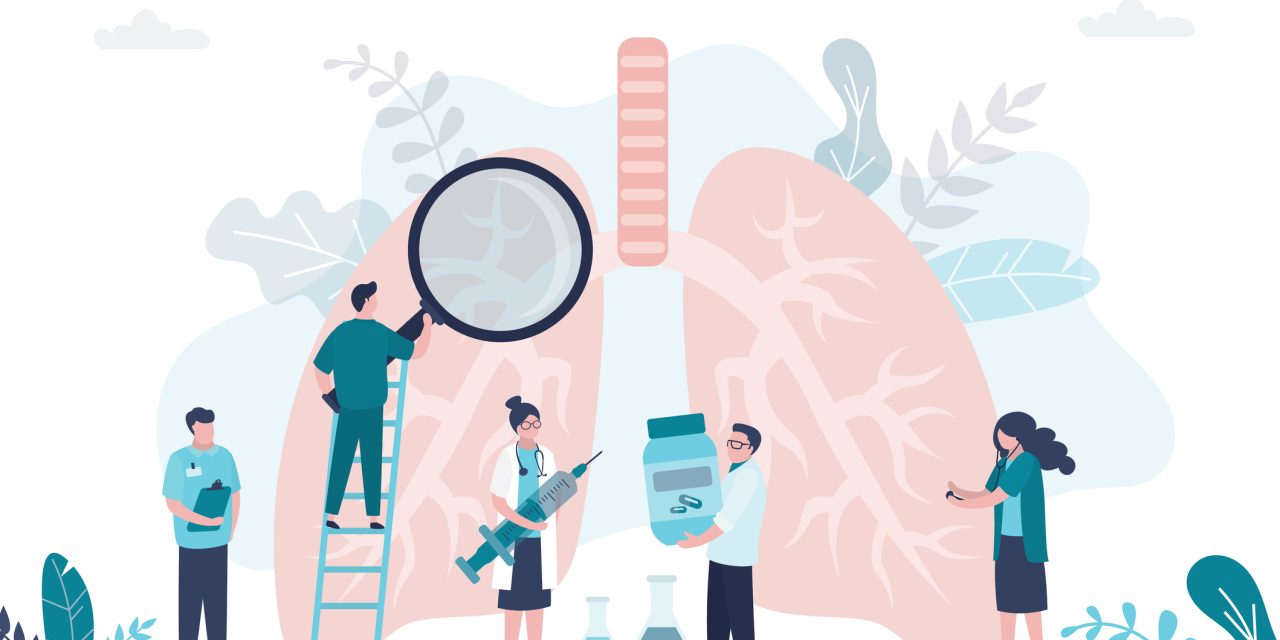Preschool wheezing is heterogeneous, but the underlying mechanisms are poorly understood.
To investigate lower airway inflammation and infection in preschool children with different clinical diagnoses undergoing elective bronchoscopy/bronchoalveolar lavage-BAL.
We recruited 136 children aged 1-5 years (105 recurrent severe wheeze-RSW; 31 non-wheeze respiratory disorders-NWRD). RSW were assigned as episodic viral-EVW or multiple trigger wheeze-MTW. We compared lower airway inflammation/infection in different clinical diagnoses and undertook data-driven analyses to determine clusters of pathophysiological features, and investigated their relationships with pre-specified diagnostic labels.
Blood eosinophils and allergic sensitization were significantly higher in RSW than NWRD. Blood neutrophils, BAL eosinophils and neutrophils, and positive bacterial culture and virus detection rates were similar between groups. However, pathogen distribution differed significantly, with higher detection of rhinovirus in RSW and Moraxella in sensitized RSW. EVW and MTW did not differ in blood/BAL inflammation, or bacterial/virus detection. Partition Around Medoids algorithm revealed 4 clusters of pathophysiological features: (1) Atopic (17.9%); (2) Non-atopic, low infection rate, high inhaled corticosteroids-ICS (31.3%); (3) Non-atopic, high infection rate (23.1%); and (4) Non-atopic, low infection rate, no ICS (27.6%). Cluster allocation differed significantly between RSW and NWRD (RSW evenly distributed across clusters, 60% of NWRD assigned to cluster 4, p<0.001). There was no difference in cluster membership between EVW and MTW. Cluster 1 was dominated by Moraxella detection (p=0.04) and Cluster 3 by Haemophilus/Staphylococcus/ Streptococcus (p=0.02).
We identified four clusters of severe preschool wheeze distinguished using sensitization, peripheral eosinophilia, lower airway neutrophilia and bacteriology.
Recurrent Severe Preschool Wheeze: From Pre-Specified Diagnostic Labels to Underlying Endotypes.


